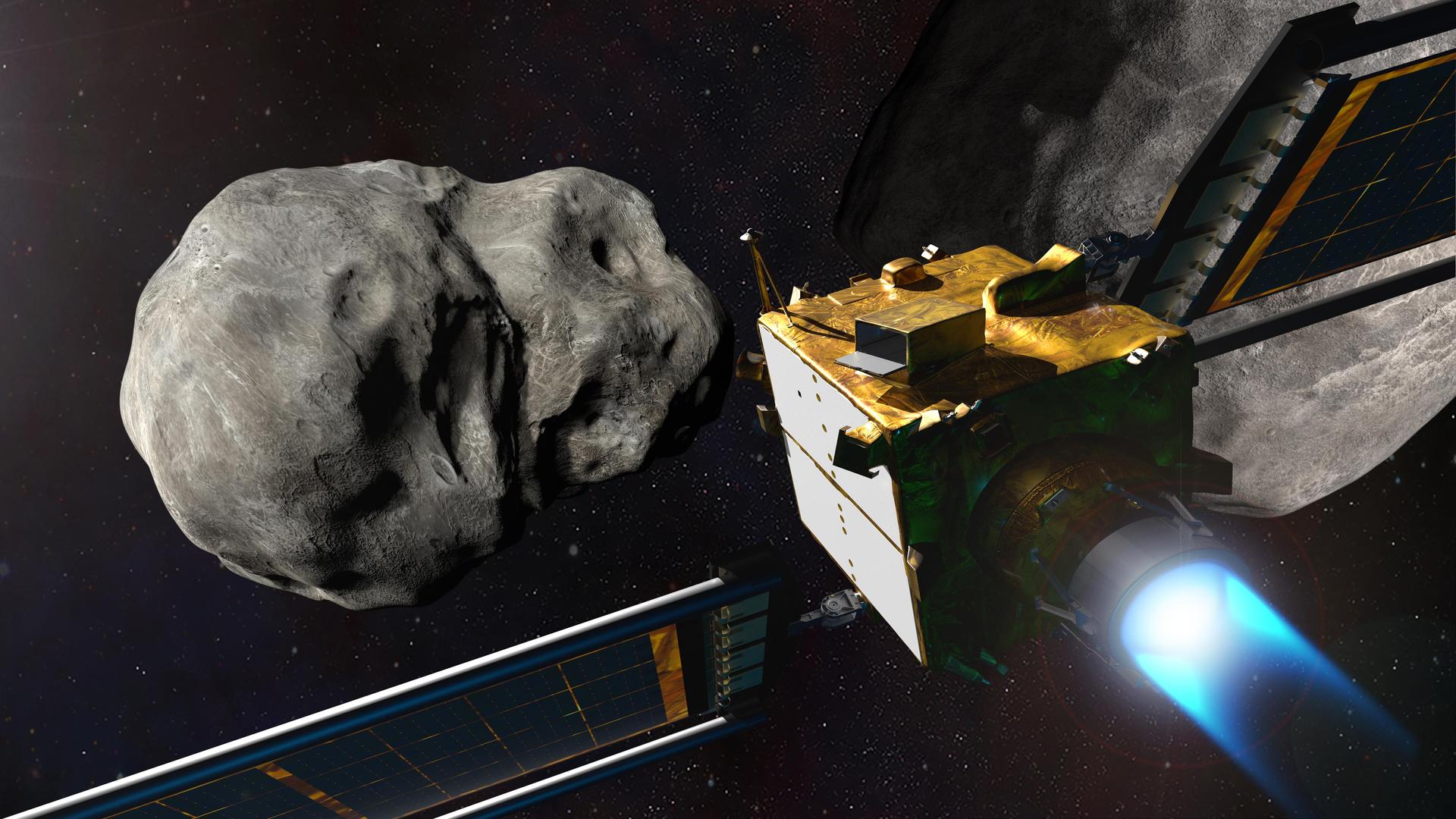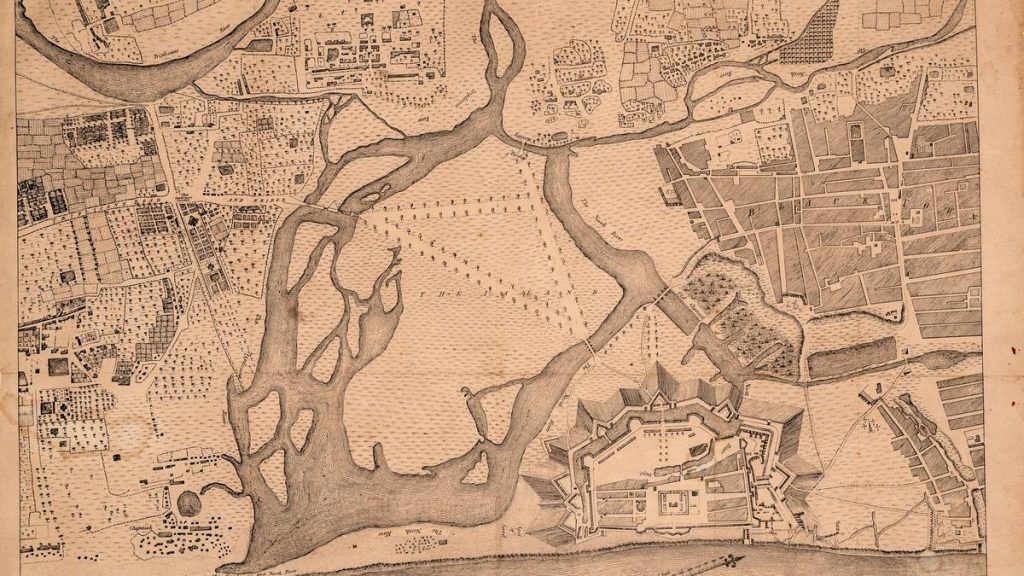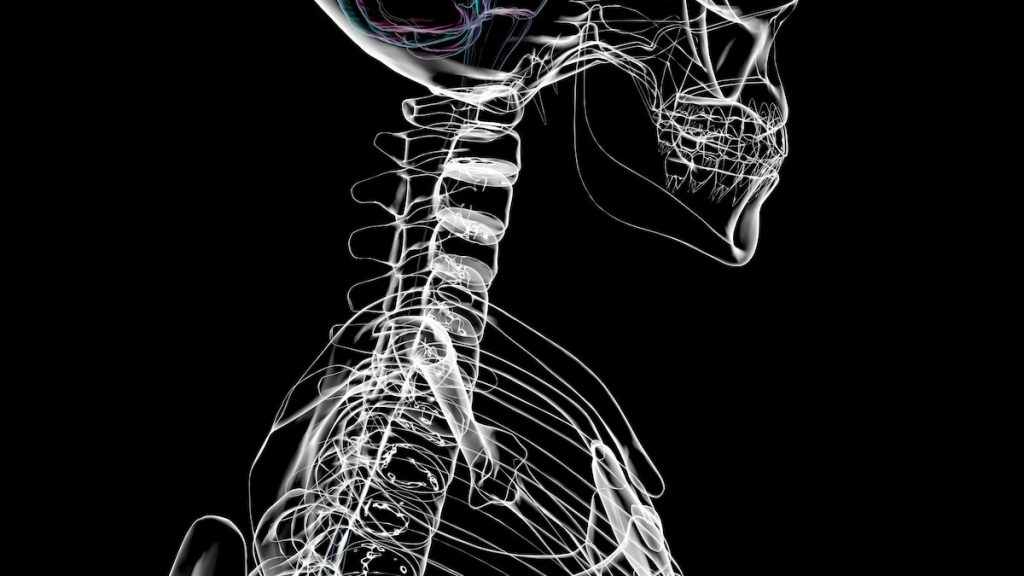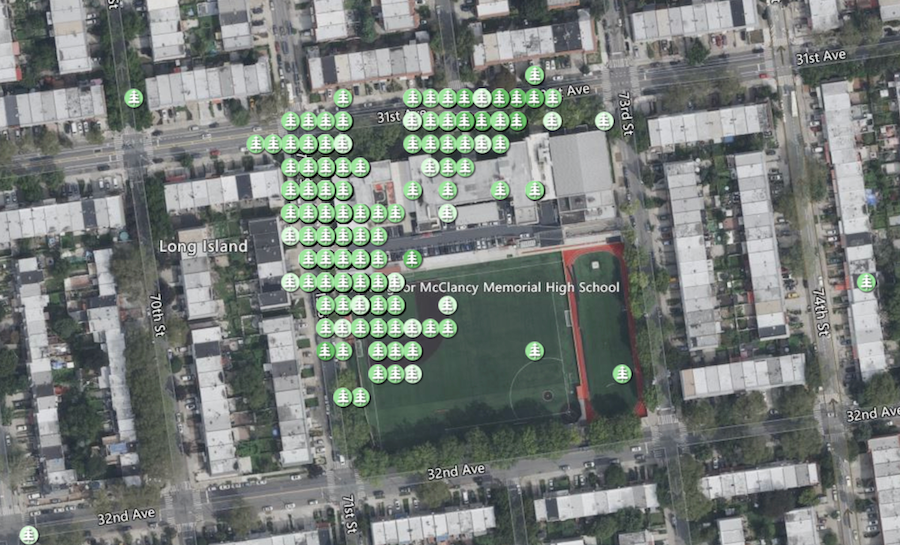Now Reading: NASA’s Data Shield: Protecting Earth from Asteroids
-
01
NASA’s Data Shield: Protecting Earth from Asteroids
NASA’s Data Shield: Protecting Earth from Asteroids

Swift Summary
- Asteroid Discovery and Initial Threat Analysis: Asteroid 2024 YR4 was initially discovered by NASA’s ATLAS system. Early projections indicated a 3% chance of collision with Earth on Dec. 22, 2032, the highest probability ever recorded for an object of its size.
- Updated Risk Assessment: Subsequent observations reduced the probability to under 1%, and the asteroid is no longer considered a potential Earth impactor.
- Planetary Defense Efforts: NASA’s Center for Near Earth Object Studies (CNEOS) refined calculations based on data shared globally through initiatives such as the Minor Planet Center and international Asteroid Warning Network (IAWN).
- Data Sharing Importance: Collaboration between professional scientists, citizen scientists, and astrophysical observatories is critical in assessing threats from near-Earth objects (NEOs). Open science principles enhance accuracy.
- Future Precautionary Measures: The NEO Surveyor mission launching in fall 2027 will specialize in identifying hazardous asteroids. NASA’s DART mission has already demonstrated the capability to alter an asteroid’s trajectory.
- Experts say that while asteroid impacts are rare, their potential consequences necessitate vigilance and global cooperation.
Indian Opinion Analysis
Asteroids posing even a small risk to Earth serve as stark reminders of humanity’s shared vulnerability within space. For India-a nation prioritizing advancements in space exploration-this event exemplifies how global collaboration is essential for planetary defense efforts. India’s active role through its scientific community and participation could be impactful given ISRO’s expertise with satellite missions.
Moreover, open data platforms like those used by NASA highlight a model India might adopt or augment within its own frameworks, ensuring better monitoring capabilities for similar threats. As nations worldwide prepare preventive strategies via missions like NEO Surveyor or techniques such as DART’s deflection test, India could contribute resources or technological innovations toward collective readiness against cosmic hazards.
The key takeaway underscores scientific diplomacy coupled with investment in planetary protection mechanisms-not onyl safeguarding human survival but also fostering international partnerships dominated by mutual trust in science-led initiatives.



























